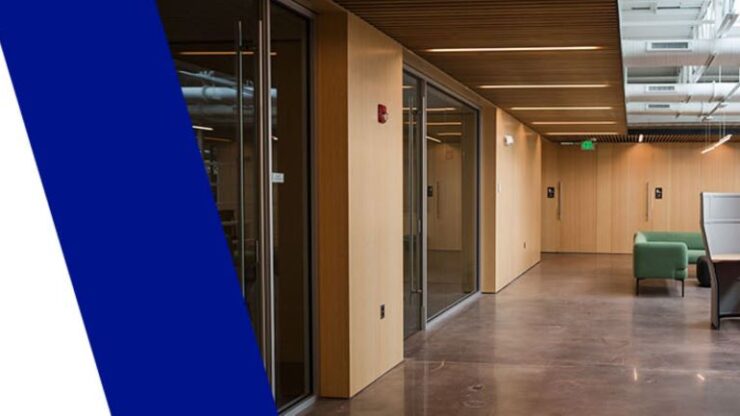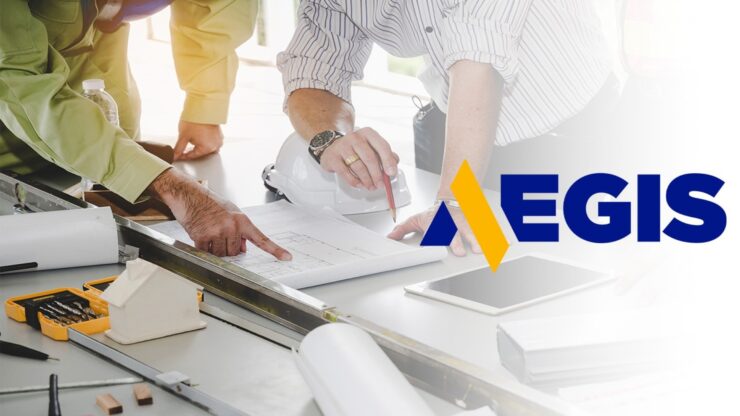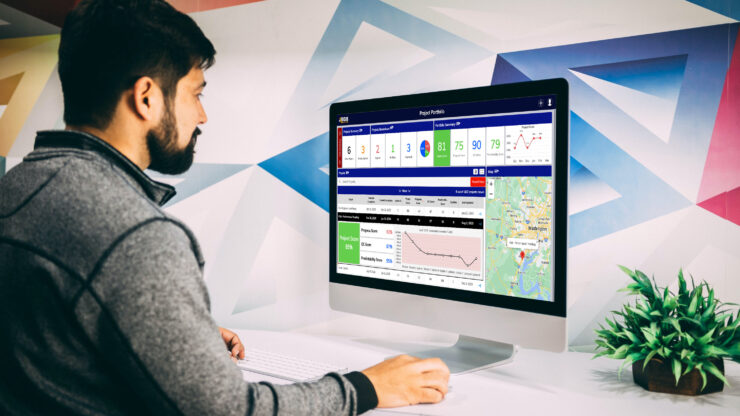
I was talking to my team the other day about what differentiates us from our competitors. When I asked them to go deeper than the normal platitudes, not surprisingly we quickly ended up “deep in the weeds” of dispute resolution nuance. While the reasons they gave for our excellence were all true (shameless plug), it was clear we collectively suffered from the “curse of knowledge”. This is when you’ve spent so long thinking about a problem or issue that you forget to explain the problem itself and instead only focus on the solutions.
Realizing this, we shifted the conversation to a much broader question “Why do contractors and owners really need dispute resolution experts like us?” The obvious answer is that experts are needed to provide an independent third-party opinion that can be presented at various stages of discussion and ultimately tribunals. But since so few matters end up in trial, there is certainly more to what we do.
Through healthy debate we determined that at its core, people who evaluate construction delay are trying to analytically determine what is a fair outcome to a dispute between the stakeholders. This is an essential service, and one that requires a great deal of training and experience to do effectively.
I think from a young age we all yearn for fairness. I used to joke with my daughter that she has the most sensitive “fair meter” of anyone I ever met. She simply couldn’t stand it when she perceived that my parenting decisions were not made solely through that lens.
As adults, and as construction professionals, we have become much more aware that the concept of fairness is more complex than which sibling got more screen time on a particular afternoon. In our profession, fairness is governed largely by the contracts that are in place. The provisions are oftentimes purposely designed to shift the proportion of risk from one party to another. This effectively redefines what is fair. While some provisions are fundamentally not “fair” (if defined as “equal”), there is an understanding that when such contracts are agreed to, the parties are aware of the risks and implications.
I occasionally find myself in academic conversations with clients about the inherent fairness of a clause, but mostly they want to know, “Did I get treated fairly GIVEN the terms of the contract?” In other words, did I get what I was entitled to?
So, how do dispute resolution experts determine fair outcomes? Ideally, they perform highly complex analyses under contractual guidance and industry standards. This requires specialized knowledge of the numerous methodologies, an understanding of construction, and a deep grasp on CPM scheduling. Without a combination of all three, the parties are often simply unable to determine how best to approach the fairness question. When asked to “prove” that the extent to which they were contractually harmed, they don’t have the necessary tools to do so.
Proving impact and damages is almost always a complex problem. But given experts training, we at least know the process for determining a solution. We know what information and data we need, how to use that data to demonstrate and prove causation, how to calculate the financial impact, how to interpret contracts, provide guidance on what challenges to anticipate internally and externally, and how to convey all of that information in a manner that can be understood by various parties. Not to mention we can do all of it in an efficient manner; that’s a pretty cool skill set!
This doesn’t mean the results will always look or sound fair. Experts are not trying to find outcomes that make both sides happy or even advocate for a specific position. Sometimes the outcome is that one party is responsible for all the delay even when the other experienced delays to their own scopes (e.g. “literal concurrency”). However, I would argue that this scenario is still considered a fair outcome given the contractual guidance.
Adding fairness in construction certainly extends well beyond just the forensic analysis stage. There is still much that can be done to increase fairness and avoid delays and disputes. While not the main focus of this article, some examples include:
- Fairer contracts which apportion risk more equally across Owner, GCs, and Subcontractors
- Requiring a risk register that is updated regularly
- Incorporating a “third party neutral” into the delay evaluation process
- Increased usage of dispute resolution boards during the course of the project
- More transparency with schedules across all stakeholders
- More realistic allowances and contingencies
- Insertion of reasonable material and labor escalation clauses
The key concept though is that when all stakeholders act in a fair manner, the industry performs more efficiently and effectively. Considering that almost everyone wants to achieve some level of fairness, I think it is nice to know there are people out there, like those you will find at Aegis, that have the tools to help you find it.
Recent Posts

The Aegis Companies and Pompeian: A case study in effective construction management

Meet Mike Carey – Senior Vice President of Construction Management

Maximizing the impact of project controls in construction management

Inside Aegis Analytics: Risk Management

Inside Aegis Analytics: Ensuring schedule quality

AACE Region 2 Northeast Symposium: Elevating project management standards with Aegis

Inside Aegis Analytics: Metrics that matter
